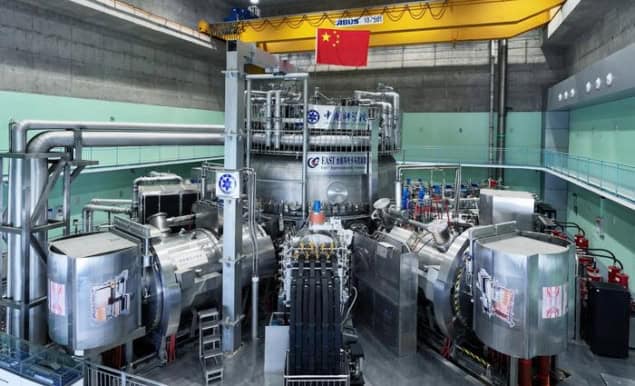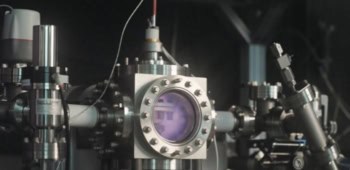
- Update 20/02/2025: On 18 February, officials at France’s atomic energy commission (CEA) announced that its WEST Tokamak reactor, which is based in Cadarache, France, had maintained a steady-state high-confinement plasma for 1336 seconds.
A fusion tokamak in China has smashed its previous fusion record of maintaining a steady-state plasma. This week, scientists working on the Experimental Advanced Superconducting Tokamak (EAST) announced that they had produced a steady-state high-confinement plasma for 1066 seconds, breaking EAST’s previous 2023 record of 403 seconds.
EAST is an experimental superconducting tokamak fusion device located in Hefei, China. Operated by the Institute of Plasma Physics (AISPP) at the Hefei Institute of Physical Science, it began operations in 2006. It is the first tokamak to contain a deuterium plasma using superconducting niobium-titanium toroidal and poloidal magnets.
EAST has recently undergone several upgrades, notably with new plasma diagnostic tools and a doubling in the power of the plasma heating system. EAST is also acting as a testbed for the ITER fusion reactor that is currently being built in Cadarache, France.
The EAST tokamak is able to maintain a plasma in the so-called “H‐mode”. This is the high-confinement regime that modern tokamaks, including ITER, employ. It occurs when the plasma undergoes intense heating by a neutral beam and results in a sudden improvement of plasma confinement by a factor of two. Fusion’s public-relations drive is obscuring the challenges that lie ahead
In 2017 scientists at EAST broke the 100 seconds barrier for a steady-state H-mode plasma and then in 2023 achieved a 403 seconds, a world record at the time. On Monday, EAST officials announced that they had almost tipled that time, delivering H-mode operation for 1066 seconds.
ASIPP director Song Yuntao notes that the new record is “monumental” and represents a “critical step” toward realizing a functional fusion reactor. “A fusion device must achieve stable operation at high efficiency for thousands of seconds to enable the self-sustaining circulation of plasma,” he says, “which is essential for the continuous power generation of future fusion plants”.



